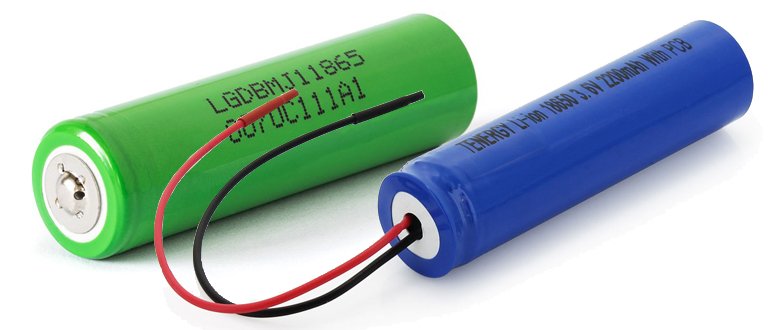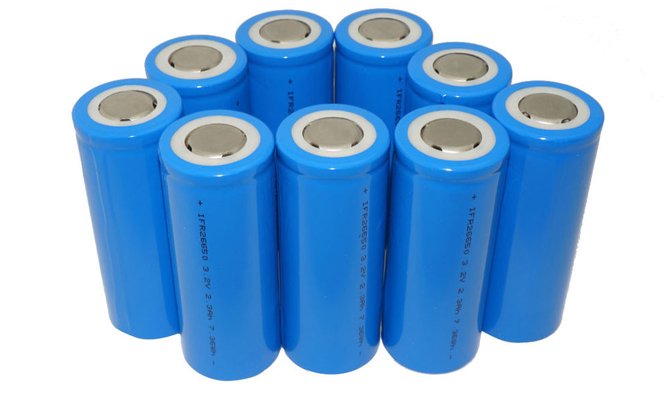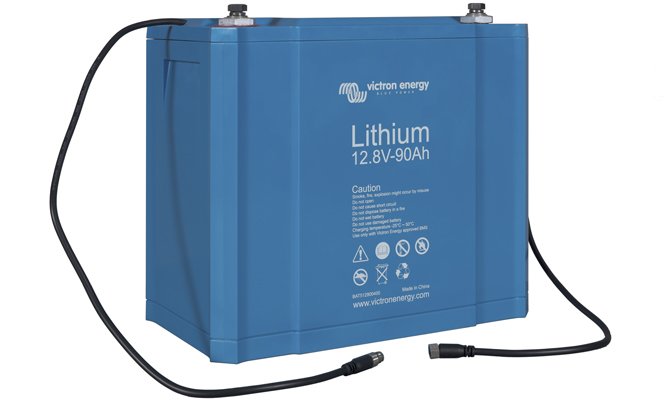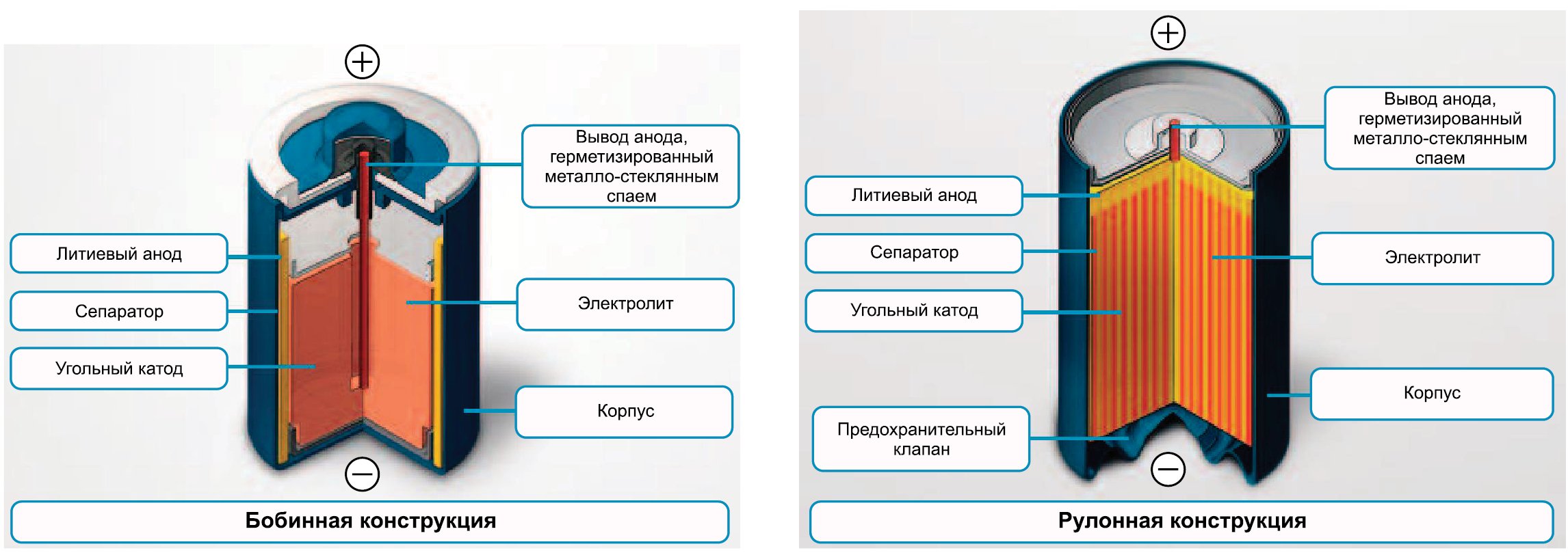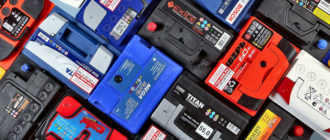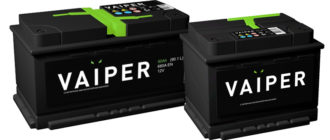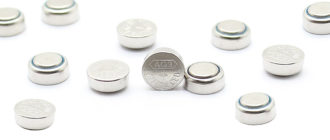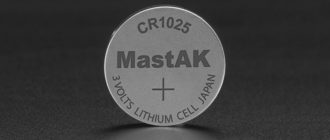For a long time, an acid accumulator was the only device capable of providing autonomous objects and mechanisms with electric current. Despite the large maximum current and minimum internal resistance, such batteries had a number of disadvantages that limited their use in devices consuming a large amount of electricity or in enclosed spaces. In this regard, lithium-ion batteries are devoid of many negative qualities of their predecessors, although they have drawbacks.
Content
What is a lithium ion battery
The first lithium batteries appeared 50 years ago. Such products were an ordinary battery in which a lithium anode was installed to increase the level of power output. Such products had very high operational characteristics, but one of the most serious drawbacks was the high probability of ignition of lithium during cathode overheating. Given this feature, scientists have over time replaced the pure element with metal ions, resulting in significantly increased safety.
Modern li-ion batteries are very reliable and able to withstand a large number of charge-discharge cycles. They have a minimal memory effect and relatively low weight. Due to these properties, a lithium battery is widely used in many devices. The product can be used as a battery, in the form of batteries for household appliances, as well as a highly efficient traction power source.
Today, such devices have several disadvantages:
- high cost;
- do not like deep discharges;
- may die at low temperatures;
- lose capacity when overheating.
As more advanced analogues you can find lithium polymer or lithium titanate batteries, but they cost significantly more.
How is the production of li-ion batteries
Lithium-ion batteries are produced in several stages:
- The manufacture of electrodes.
- Combining electrodes into a battery.
- Installing the protection board.
- Install the battery in the case.
- Electrolyte filling.
- Testing and charge.
At all stages of production, technology and safety measures must be followed, which ultimately allows you to get a quality product.
As a cathode in lithium-ion batteries, a foil is used with a substance containing lithium deposited on its surface.
The following lithium compounds can be used, depending on the purpose of the battery:
- LiCoO2;
- LiFePO4;
- LiNiO2;
- LiMn2O4.
In the manufacture of cylindrical power sources of sizes AA and AAA, the main electrode is twisted into a roll, which is separated from the anode by a separator. With a large area of the cathode, the film of which has a minimum thickness, it is possible to achieve high energy intensity of the product.
The principle of operation and device li-ion battery
The lithium-ion battery operates as follows:
- When a constant electric current is supplied to the battery contacts, lithium cations move into the anode material.
- During discharge, lithium ions leave the anode and penetrate the dielectric to a depth of 50 nm.
In the “life” of a lithium-ion battery, such cycles can be up to 3,000, while the battery can give off almost all the electric current accumulated during charging.Deep discharge does not lead to oxidation of the plates, which favorably distinguishes such products in comparison with acid batteries.
Not all li-ion batteries tolerate deep discharges well. If such a battery is installed in the phone or camera (type AAA), then when the battery is deeply discharged, the controller board will block the possibility of charging the battery for safety reasons, therefore, it cannot be charged without a special charger. If this is a traction lithium battery for an outboard motor, then a deep discharge will not be at all frightening to it.
Unlike finger-type batteries, complex batteries consist of several separate sources of electricity connected in parallel or in series. The connection method depends on what indicator of electricity needs to be increased.
Sizes and types of li-ion batteries
Lithium-ion batteries are widespread. Such sources of electric current are used in various household devices, gadgets and even cars. In addition, industrial lithium-ion batteries are manufactured, which have a large capacity and high voltage. The most popular are the following types of lithium batteries:
| Title | Diameter mm | Long mm | Capacity mAh |
|---|---|---|---|
| 10180 | 10 | 18 | 90 |
| 10280 | 10 | 28 | 180 |
| 10440 (AAA) | 10 | 44 | 250 |
| 14250 (AA / 2) | 14 | 25 | 250 |
| 14500 | 14 | 50 | 700 |
| 15270 (CR2) | 15 | 27 | 750-850 |
| 16340 (CR123A) | 17 | 34.5 | 750-1500 |
| 17500 (A) | 17 | 50 | 1100 |
| 17670 | 17 | 67 | 1800 |
| 18500 | 18 | 50 | 1400 |
| 18650 (168A) | 18 | 65 | 2200-3400 |
| 22650 | 22 | 65 | 2500-4000 |
| 25500 (type C) | 25 | 50 | 2500-5000 |
| 26650 | 26 | 50 | 2300-5000 |
| 32600 (type D) | 34 | 61 | 3000-6000 |
The first two digits of such designations indicate the diameter of the product, the second pair - the length. The last “0” is set if the batteries are cylindrical.
In addition to cylindrical batteries, industry also produces batteries of the type "Crown"9v voltage and powerful industrial batteries with a voltage of 12v, 24v, 36v and 48v.

Depending on the elements that are added to the product, the following markings may appear on the battery case:
- ICR - containing cobalt;
- IMR - - - - manganese;
- INR - - - - nickel and manganese;
- NCR - - - - nickel and cobalt.
Lithium batteries differ not only in size and chemical additives, but primarily in capacity and voltage. These two parameters determine the possibility of their use in various types of electrical appliances.
Where are li-ion batteries used?
Lithium-ion batteries have no alternative where you need a battery capable of delivering electricity in almost full volume, and make a large number of charge / discharge cycles without reducing capacity. The advantage of such devices is their relatively low weight, because there is no need to use lead grids in such devices.
Given the high performance characteristics, such products can be used:
- As starter batteries. Lithium batteries for cars are getting cheaper every year, thanks to new developments that can reduce production costs. Unfortunately, the price of such batteries can be very high, which is why many car owners cannot afford such a battery. The disadvantages of lithium-ion batteries include a significant drop in power at temperatures below minus 20 degrees, so the operation of such products in the northern regions will be impractical.
- As traction devices. Due to the fact that lithium-ion batteries easily carry a deep discharge, they are often used as traction for boat electric motors. If the engine power is not too large, then one charge is enough for 5-6 hours of continuous operation, which is quite enough for fishing or taking a boat trip. Traction lithium-ion batteries are installed on various loading equipment (electric stackers, electric forklifts) operating in enclosed spaces.
- In household appliances. Lithium-ion batteries are used in various household devices instead of standard batteries. Such products have a voltage of 3.6v - 3.7v, but there are models that can replace a regular salt or alkaline battery with 1.5 Volts.You can also meet 3v batteries (15270, CR2), which can be installed instead of 2 standard batteries.
Such products are used mainly in powerful devices in which conventional salt batteries discharge very quickly.
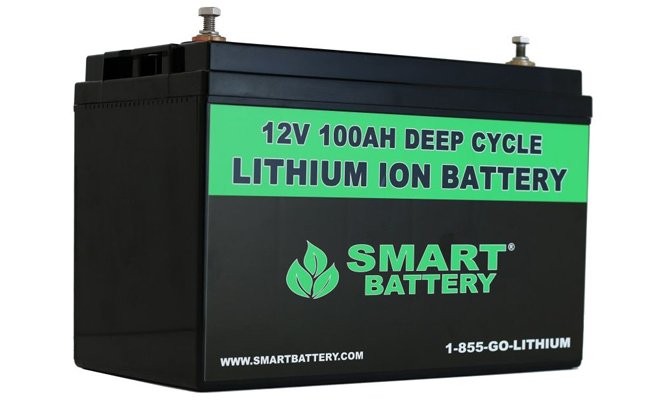
Li ion battery operating instructions
The life of a lithium battery is influenced by many factors, the knowledge of which will significantly increase the resource. When using this type of battery, you must:
- Try not to let the battery run out completely. Despite the high resistance of the battery to such an impact, it is advisable not to squeeze all the “juices” out of it. Particular care should be taken when operating such batteries with UPS and high power electric motors. If a full discharge of the battery has occurred, it is necessary to immediately revive it, that is, connect it to a special charger. You can also recharge the battery after a long stay in a deep discharge state, for which it is necessary to make a high-quality charge for 12 hours, then discharge the battery.
- Do not overcharge. Overcharging negatively affects product performance. The built-in controller is not always able to turn off the battery in time, especially when charging is carried out in a cold room.
In addition to overcharging and over-discharging, the battery should be protected from excessive mechanical influences, which can lead to depressurization of the case and fire to internal components of the battery. For this reason, there is a prohibition on mailing batteries in which the content of pure lithium exceeds 1 g.

How to store lithium-ion batteries
If there is a need for long-term storage of lithium-ion batteries, then to minimize the negative impact on the products, you must adhere to the following recommendations:
- Store the product only in a cool, dry place.
- The battery must be removed from the electrical device.
- The battery must be charged before preservation. The minimum voltage at which internal corrosion processes will not form is equal to 2.5 volts per 1 cell.
Given the small self-discharge of such batteries, it is possible to store the battery in this way for several years, but during this period the capacity of the cell will inevitably decrease.
Disposal of lithium-ion batteries
Lithium-ion batteries contain substances hazardous to health, so in no case should they be taken apart at home. After the battery runs out of life, it must be returned for further processing. In specialized reception centers, you can receive monetary compensation for an old lithium battery, because such products contain expensive elements that can be reused.

